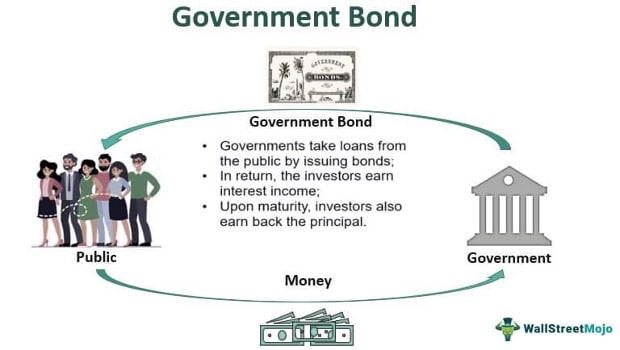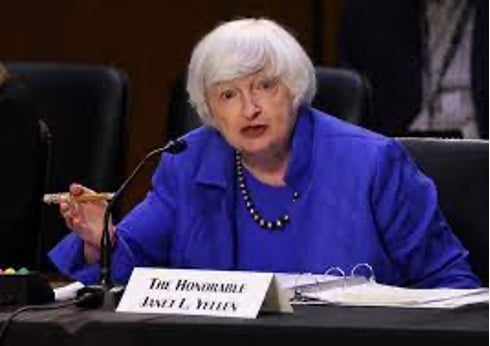Silicon Valley Bank collapsed after investing too much money in long-term investments dependent on loose monetary policy. This may just be the start.

Silicon Valley Bank — the 16th largest in the US — failed less than a week ago. The tech-focused bank was the financial institution of choice for more than 50% of venture capital-funded start-ups around the world, holding some $190 billion in deposits by 2021.
For context, the bank holds $3.3 billion for Circle, $487 million of Roku’s cash, and $227 million of BlockFi’s capital amongst many others.
The collapse may be a one-off event, or might just be the spark that ignites a second financial crisis.
Silicon Valley Bank: layman’s terms
SVB’s crash is not complicated to understand, despite attempts by many to obfuscate what has happened. Of course, there are complicated details for the professionals to consider, but the crux of the matter is this:
Silicon Valley Bank benefitted hugely from pandemic-era ultra-loose monetary policy, including not only low interest rates, but huge quantitative easing, federal government spending, and personal stimulus.
Much of this cash was poured into tech stocks, creating a tech bubble that eventually started to collapse in November 2021 as markets began to realise that rocketing inflation would need to be tackled by higher interest rates.
These tech companies — many of which banked at SVB — deposited cash with the bank. SVB would ideally have preferred to make money on this cash by lending it out, but demand for loans was lower than normal for the same reason it had this additional cash.
It therefore decided to buy more than $80 billion in long-dated mortgage-backed securities, which at the time may have appeared a sound policy to see a reasonable return on deposits held at the bank. For context, these provided a slightly higher rate-of-return in exchange for locking this cash in for an extended period of time.

However, this strategy relied on interest rates, which had stayed below 1% for over a decade, to remain low. With the federal funds rate is now at a range of between 4.5% and 4.75%, this didn’t happen, and the consequences were dire.
To start with, its start-up tech client base was facing harsher conditions on borrowing, including stricter conditions and increased interest on repayments. This meant that withdrawing cash from their own deposits made more sense than taking on additional debt where previously the opposite was often the case.
But the key issue was that increased rates saw the return on risk-free government backed bonds increase to more than 2.5 times the comparable return on the bonds SVB had locked into. The bank had assumed that it would easily be able to sell its bonds on the open market when required, as the return was previously more competitive than a new investor could get on new government bonds.
When analysts talk about rising rates ‘breaking’ things, this is a good example.
Regulatory failure?
One underreported factor is that there are no accusations of fraud at SVB. The money is still locked into the bonds, and will be released as they come to maturity over the longer term. The issue is that these bonds are worth less on the open market, and SVB’s clients needed their cash immediately.
Recognising the potential liquidity issue, CEO Greg Becker realised the need to build a safety net — albeit belatedly — selling off $21 billion of funds at a $1.8 billion loss, while simultaneously raising $2.25 billion in equity and debt.
Ordinarily, SVB may have escaped unscathed. However, it was unlucky with the timing. San Diego-based crypto bank Silvergate had seen an $8 billion outflow in January, forcing it to close its doors the very same day that Becker had announced the need for a liquidity safety net.
Consumer panic — compounded by social media — saw SVB lose $80 billion overnight as clients considered whether the two events may be connected.
There were also clear-cut regulatory failures. The bank had no Chief Risk Officer for a full 8 months while the venture capital markets were spiralling. And senior management are also facing investigations for selling off shares and approving large staff bonuses just days before the collapse.
And regardless of impropriety, managers made the decision to lock away too many clients funds for far too long, without considering the need to hedge out their exposure to the risk of rising interest rates.
Contagion and consequences
Last weekend, preventing contagion from the collapse became all-consuming. Over 30% of US deposits are held in small banks, and more than 50% of these funds are above the $250,000 FDIC insurance limit.
On Sunday 12 March, US regulators announced that ‘depositors will have access to all of their money starting Monday, March 13. No losses associated with the resolution of Silicon Valley Bank will be borne by the taxpayer.’

This is different to 2008. Shareholders and most creditors face losing all of their investment, leaving only depositors protected. However, the US has now in practice — if not by the book — guaranteed the full $21 trillion of deposits at every one of the circa 4,500 financial institutions in the country.
This could become a disastrous problem, especially as it could encourage banks to take more risks with client funds in the future, in the full knowledge that they will always remain safe regardless of outcome.
Positively, regional banks that have experienced serious volatility, such as Western Alliance, First Republic Bank, and PacWest Bancorp, all have a modicum of certainty. But because the FDIC extension hasn’t been officially extended, they will all likely see further outflows and potentially more failures soon.
Internationally, banks from JP Morgan to HSBC have seen serious share price falls this week. Credit Suisse — long plagued by regulatory problems — has needed an emergency liquidity injection to the tune of £44.5 billion from Switzerland’s central bank.
And the next bank failure could be just around the corner.